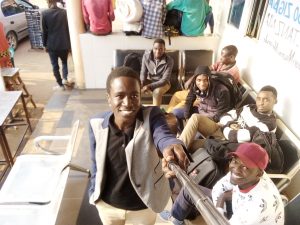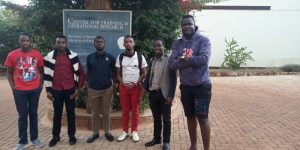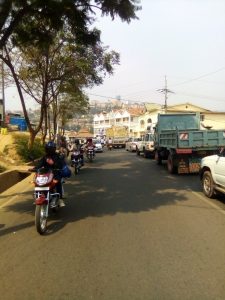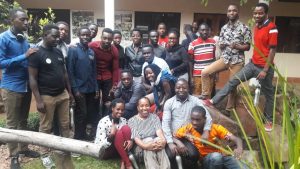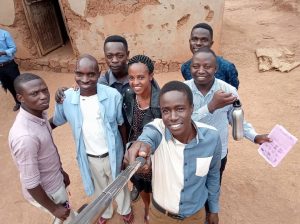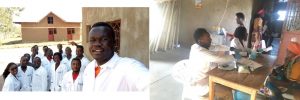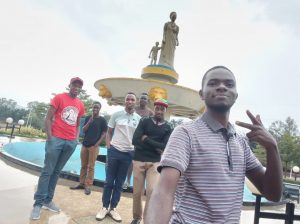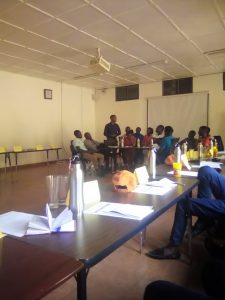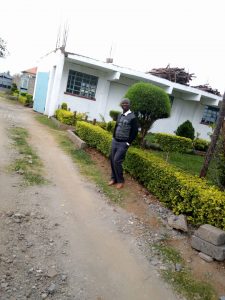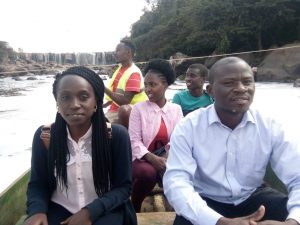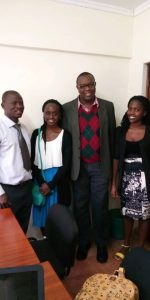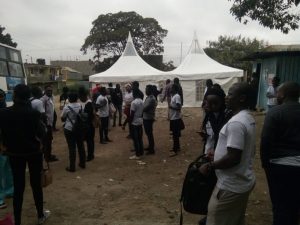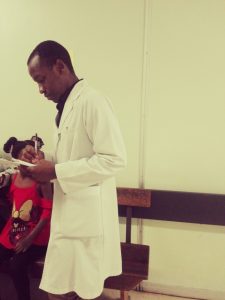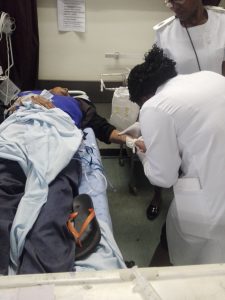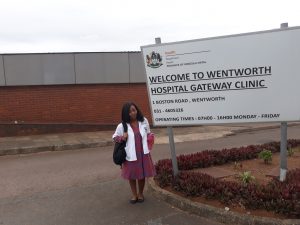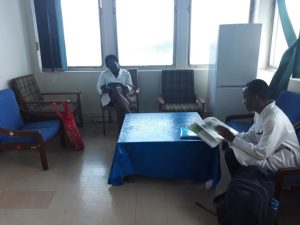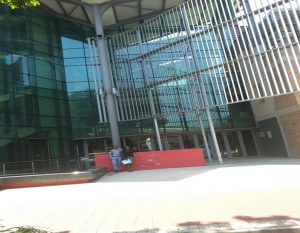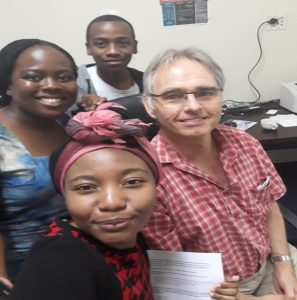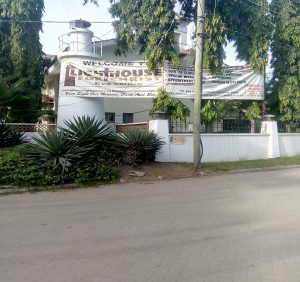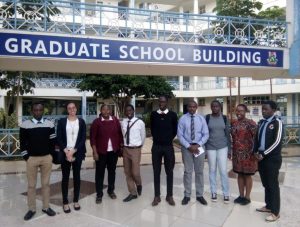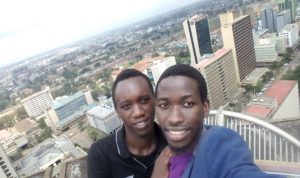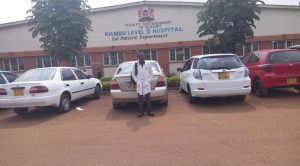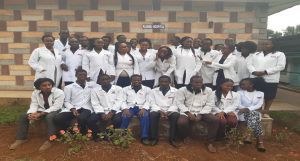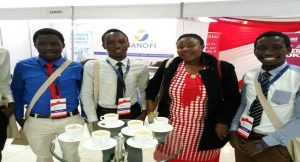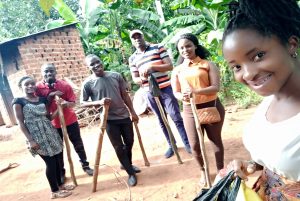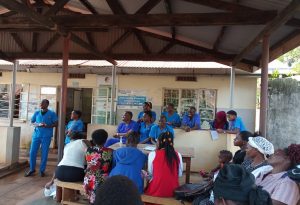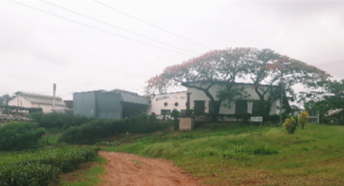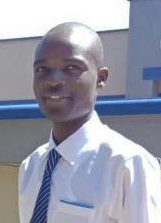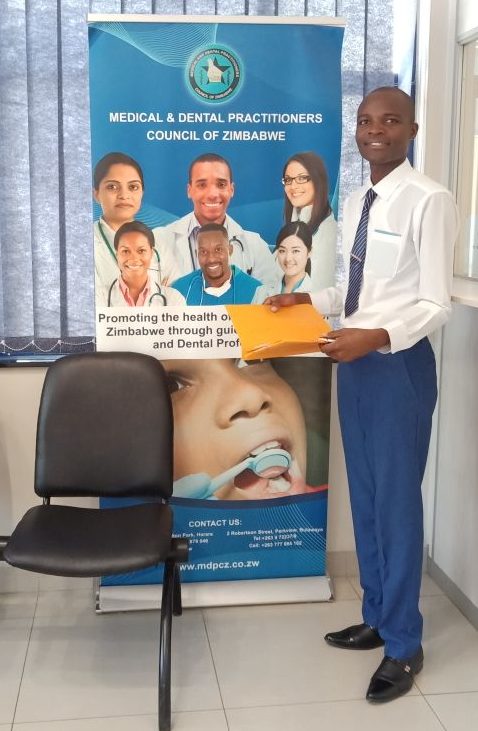By: DAPHNE KIBANDA , 5TH YEAR STUDENT (MBChB) at MBARARA UNIVERSITY OF SCIENCE AND TECHNOLOGY
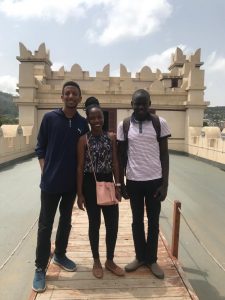
At about 5 a.m. on Saturday 13th July, we landed in Addis Ababa. Our flight to Mekelle was at 7.15a.m so we had some time to lounge. This was both our first time in Ethiopia and at Bole International Airport and so locating the different terminals took some bit of time. It can’t go without mention that every single person we interacted with at the airport, both passengers and employees, was very welcoming and helpful. Unfortunately, the flight was delayed for over 3 hours due to unfavourable weather at our destination and since we had no way of communicating with our hosts yet, we missed our transport from the airport. Nevertheless, we were very well received into Mekelle by the staff, students and even the locals.
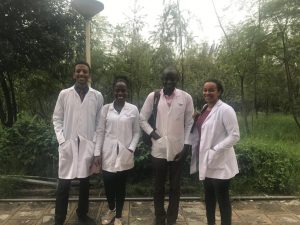
We joined the C11 group on the Internal medicine rotation as soon as we arrived and made very many friends. The students always readily helped with translation during clerkships as we were not conversant with the local language. I particularly remember an incident where I went to the ward to clerk a patient and all the members of my group were not around. I walked through the ward looking for a familiar face in vain. Later, I met a student from another group and when I explained myself to her, she was more than willing to help. They made the environment very comfortable and conducive for the one month we spent with them. Every day on the ward at Ayder Comprehensive Specialised Hospital was a new learning experience. Although the prevalent conditions didn’t differ much from those in Uganda, we were able to compare National treatment guidelines for common communicable conditions in both countries. We also participated in ward rounds, bedside teachings, and management sessions and were able to share and expand our knowledge further.
Outside of class, we appreciated the diverse culture of the people in Mekelle. We learned several words and phrases in Tigrinya, the native language, and by the end of one week, “Selam” which is a word for “hello” came much more easily to me. They have a unique taste in food, and I fell in love with “Njera”.
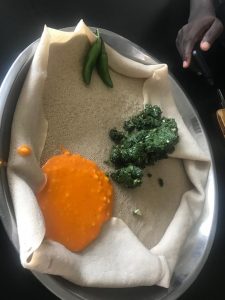
Our stay in Mekelle came to an end after exactly 4 weeks and on 9th August, we had to travel back home. We said a couple of emotional and even tearful goodbyes and promised to keep in touch with our friends. It was an educative, humbling, inspirational and fun experience for me, and I look forward to more of these opportunities with GEMx. Thank you so much for this amazing opportunity.

